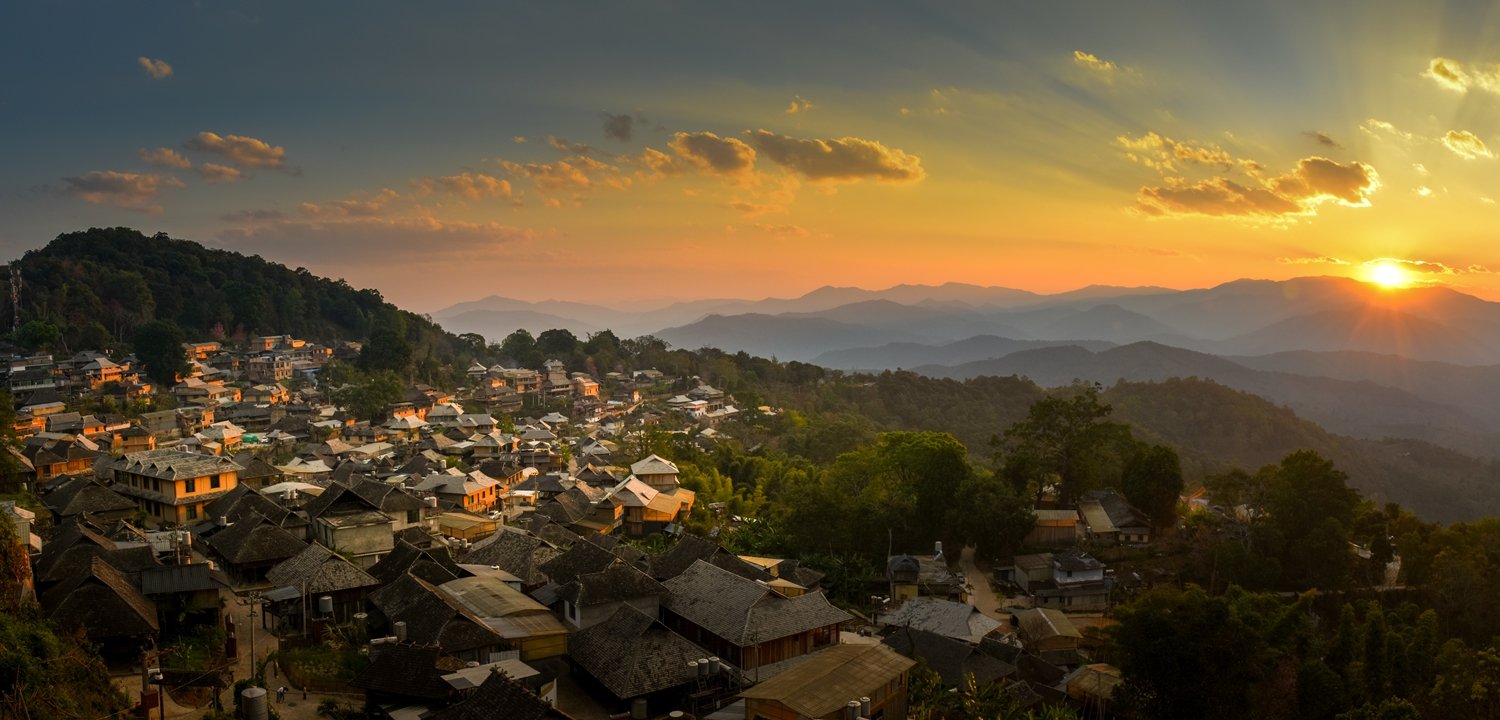In the heart of Pu’er city, Southwest China’s Yunnan Province, lies the enchanting Jingmai Mountain, home to a rich tapestry of biodiversity and age-old traditions. This cultural landscape spans nine traditional villages, three ancient tea plantations cared for by generations, and three protective forests.
This mountain doesn’t merely grow tea; it symbolizes a bond where tea nurtures its people. The local communities hold deep reverence for this land, seeing the ancient tea forests not merely as trees but as an intrinsic part of their lives, a treasure passed down from their ancestors.
The unique character of Jingmai Mountain is the result of the combined efforts of the Blang people, who settled here in the 10th century, and the Dai people who followed. These communities discovered, domesticated, and cultivated wild tea trees, and their combined heritage remains palpable today. The area remains a melting pot of languages, customs, festivals, and music from various ethnic groups, each adding its charm to the ancient tea forests.
Central to this community’s identity is their “tea ancestor belief.” This profound respect for their ancestors and nature is expressed through festivals like the Shankang Festival of the Blang ethnic group and the Water Splashing Festival of the Dai. These occasions allow them to show gratitude to the tea trees, seeking blessings for their villages and forests. The Blang community, for instance, holds a secret ritual before picking tea leaves, honoring the spirit they believe resides within each tree.
For generations, the indigenous communities have cultivated tea using eco-friendly methods, which eschew pesticides and chemical fertilizers. Their approach involves creating optimal light conditions for the tea trees and leveraging the natural forest ecosystem to keep pests at bay.
This region’s significance isn’t lost on academics like Chen Yaohua, director of Peking University’s World Heritage Research Center. He emphasized its role as the world’s first tea culture heritage site, underlining its importance in promoting global cultural exchange and the trade of tea culture. Chen applauded the community-driven conservation approach which values both cultural and biological diversity.
The biodiversity of Jingmai Mountain is truly staggering, hosting over 900 plant species and 340 animal types. The lush ecosystem, fed by two encircling rivers, provides optimal conditions for plants and animals alike, fostering symbiotic relationships like that between the phoenix tree and the “rock bees,” which produce abundant honeycombs.
Local tea farmers understand the delicate balance of this ecosystem. Generations have practiced sustainable harvesting, understanding the need to both protect and benefit from the tea forests. Modern methods, which might increase yield, are avoided in favor of traditional techniques that preserve the environment and honor their heritage.
Economic prosperity has followed these sustainable practices. Many young locals are now opting to remain in their hometowns, bolstered by a booming tea industry which accounts for over 90% of the area’s income. This success story isn’t limited to Jingmai Mountain; inspired by its practices, nearby areas have also adopted ecological management, attracting millions of tourists.
As Jingmai Mountain’s fame grows, there are challenges. Tourism puts pressure on this “hidden paradise.” Authorities now face the delicate task of preserving this cultural gem while harnessing its economic potential. Plans are afoot to develop facilities at the mountain’s base, hoping to strike a balance between conservation and progress.
READ MORE:
